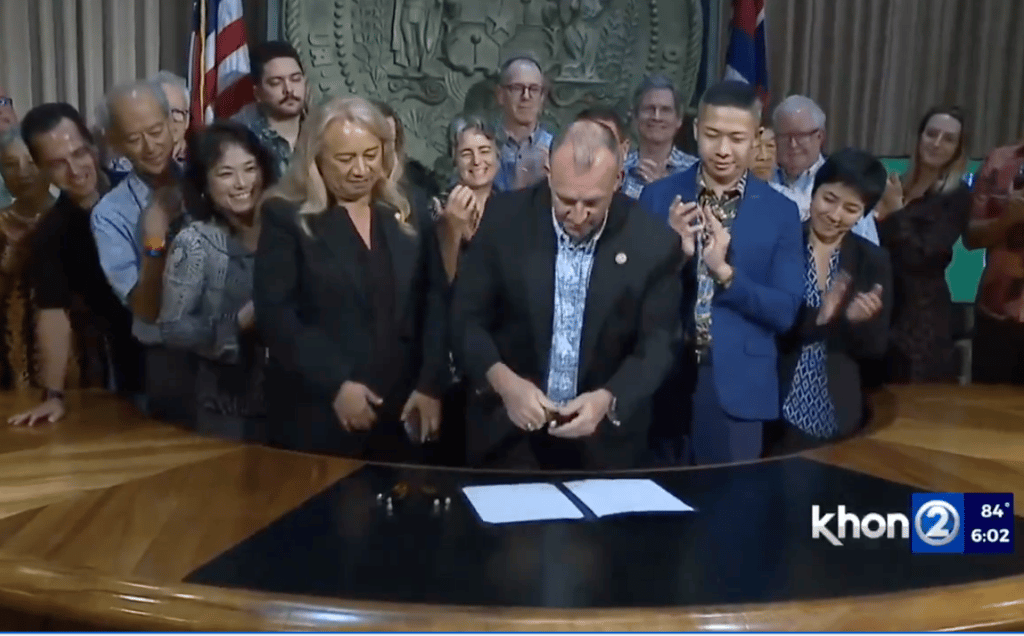Hawaii's Bold Move: The First U.S. Climate Tax on Tourists – A Game-Changer or a Risk?
6/1/20252 min read


Hawaii's Bold Move: The First U.S. Climate Tax on Tourists – A Game-Changer or a Risk?
Introduction
Hawaii, known for its stunning beaches, vibrant culture, and booming tourism industry, has just made history. On May 27, 2025, Governor Josh Green signed into law the nation's first climate change tax targeting tourists. Dubbed the "Green Fee," this 0.75% increase in the transient accommodations tax aims to raise nearly $100 million annually for environmental protection. But is this a groundbreaking step toward sustainability, or a risky move that could jeopardize Hawaii's economic lifeline? Let's dive in.
Why Hawaii? A Climate Crisis at the Forefront
Hawaii’s vulnerability to climate change is no secret. Rising sea levels, eroding shorelines, and devastating wildfires (like the 2023 Lahaina fire) have pushed the state to act. The Green Fee is part of a broader strategy to fund resilience projects, from replenishing beaches to mitigating natural disasters. As an island chain, Hawaii’s ecosystems are critical—not just for its residents but for the millions of tourists who flock there each year.
The Tax Breakdown: Who Pays and How Much?
Starting January 2026, visitors staying in hotels, vacation rentals, and even cruise ship passengers will feel the pinch. Here’s how it works:
Hotels and Rentals: A 0.75% increase in the existing 10.25% transient accommodations tax (TAT), bringing it to 11%.
Cruise Ships: A prorated tax based on the number of days a ship docks in Hawaii.
For example, if you spend $400 on a hotel stay, an additional $3 will go toward environmental protection. Sounds small, right? But with over 9.4 million visitors annually, the numbers add up fast.
The Goal: Funding Environmental Stewardship
The revenue will support projects like:
Protecting native forests and wildlife.
Enhancing climate resilience against storms and sea-level rise.
Mitigating tourism’s environmental impact, such as overuse of resources.
Governor Green calls it a "win-win" for Hawaii’s environment and economy. But will tourists see it that way?
A Double-Edged Sword: Economic Implications
Hawaii’s tourism industry is massive, accounting for 21% of the state’s economy. The Green Fee could either bolster this sector by preserving the natural attractions that draw visitors or backfire by deterring them. History shows mixed results:
Success Stories: Places like Bhutan and the Galápagos Islands have thrived with similar fees, using them to fund conservation and limit overtourism.
Cautionary Tales: Other destinations have seen visitor numbers drop, hurting local businesses and economies.
The key question is whether Hawaii can strike the right balance.
Global Context: A Trend or an Outlier?
Hawaii isn’t alone. The European Union has long used tourism taxes to fund sustainability, and cities like Amsterdam and Venice are experimenting with similar measures. But in the U.S., this is uncharted territory. Will other states follow suit, or will Hawaii’s experiment serve as a warning?
The Debate: Voices for and Against
Supporters argue that tourists, who benefit most from Hawaii’s natural beauty, should help preserve it. They point to the $360 million annual conservation funding gap that the Green Fee aims to address.
Critics worry about the economic fallout. They argue that tourism is already strained post-COVID, and additional costs could push visitors to cheaper destinations.
What’s Next for Hawaii and Beyond?
As the Green Fee takes effect, all eyes will be on Hawaii. Will it become a model for climate action, or a cautionary tale of economic missteps? The coming years will tell.
Thought-Provoking Questions
Should tourists bear the brunt of funding environmental protection, or is this an unfair burden?
Could similar climate taxes work in other U.S. states, or is Hawaii’s situation unique?
How can destinations balance economic growth with environmental sustainability?
hello@boncopia.com
+13286036419
© 2025. All rights reserved.